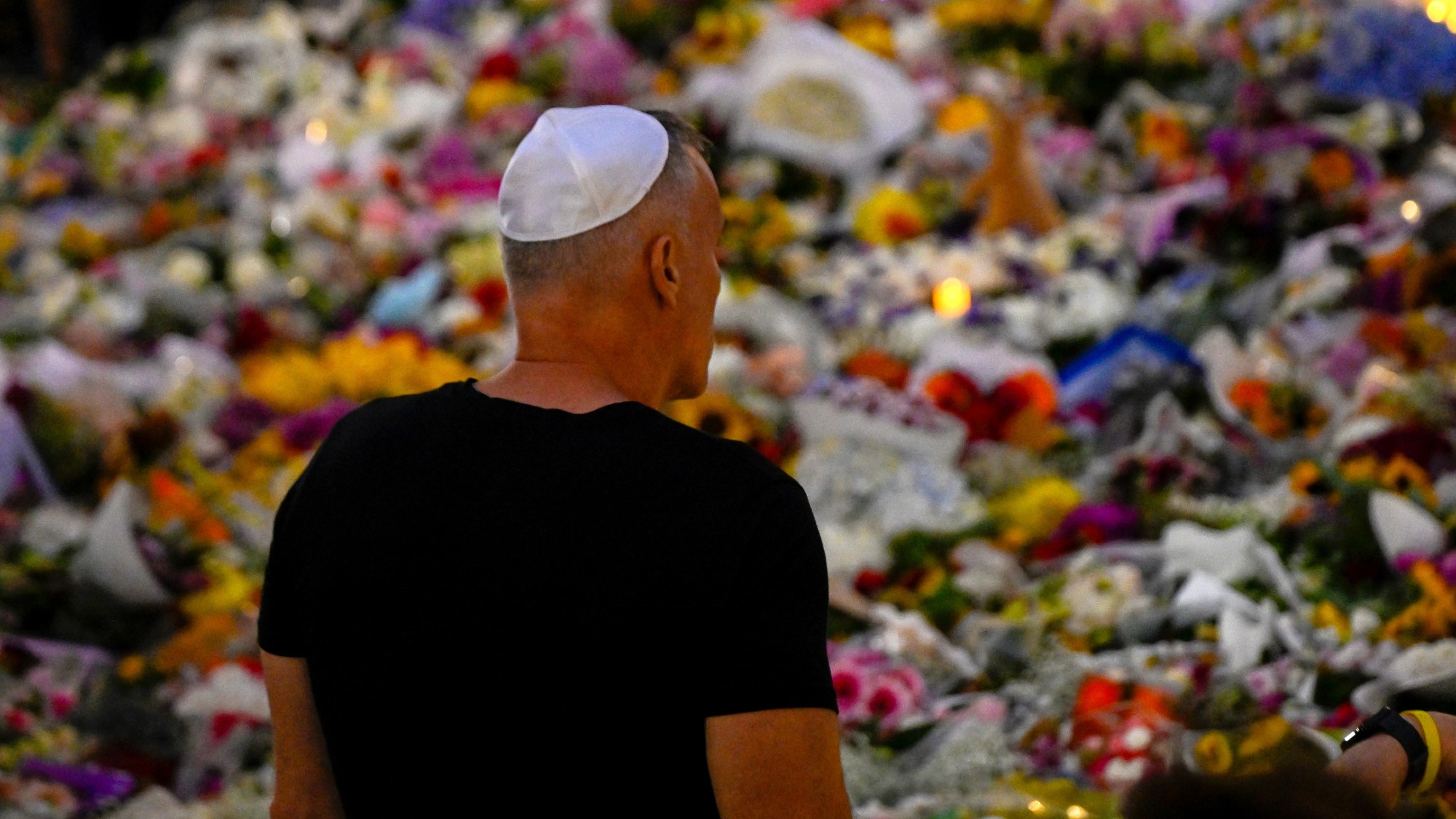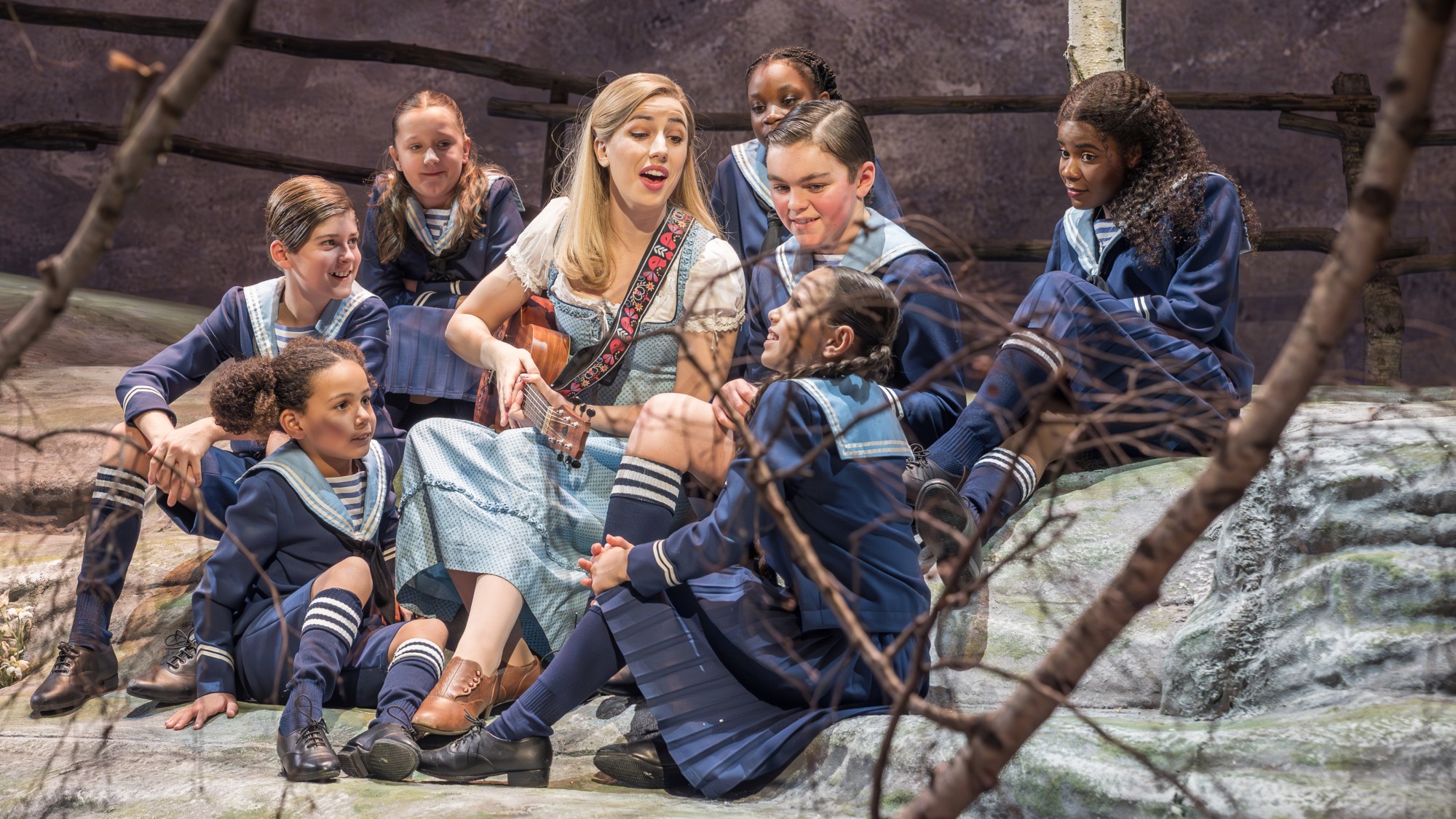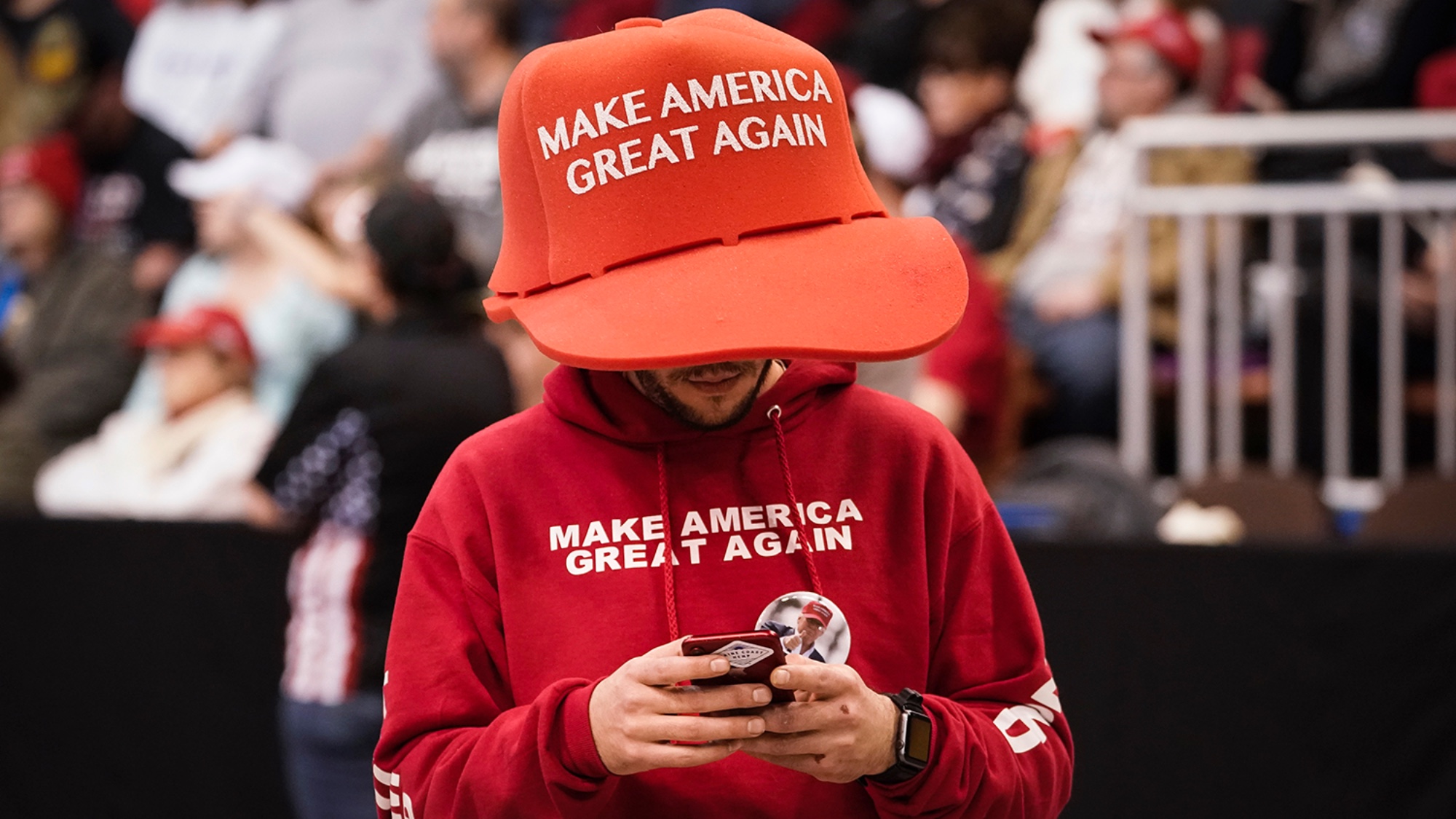The world of Stonehenge at the British Museum: a ‘fiercely emotional exhibition’
The fascinating and revelatory show charts the period between 4000 BC and 1000 BC

“Stonehenge is perhaps the most famous monument in England,” said Melanie McDonagh in the London Evening Standard. Built around 2500 BC – about the same time as the Great Pyramid of Giza – it is a “huge, haunting edifice” that continues to baffle even the experts to this day.
And while we may never know precisely why it was built, modern scholarship can tell us a lot about the world in which this mysterious, monolithic site on the Salisbury Plain was erected. We know, for instance, that Britain was “surprisingly connected” in that era, and that it was possible to walk across parts of the North Sea to continental Europe, “enabling the passage of men, beliefs, wild animals, stone, artefacts and skills”.
The world of Stonehenge, the British Museum’s fascinating and revelatory new exhibition, plunges the visitor straight into this murky pre-history. For obvious reasons, Stonehenge itself could not be transported, “but it does bring us artefacts and remains from our remote ancestors from across Europe to help us grasp something of their beliefs and practices”.
The Week
Escape your echo chamber. Get the facts behind the news, plus analysis from multiple perspectives.

Sign up for The Week's Free Newsletters
From our morning news briefing to a weekly Good News Newsletter, get the best of The Week delivered directly to your inbox.
From our morning news briefing to a weekly Good News Newsletter, get the best of The Week delivered directly to your inbox.
The show charts the period between 4000 BC and 1000 BC, bringing together an astonishing array of objects – from a horned helmet made of deer skulls to gold metalwork, to more familiar items such as “little wooden dolls” and children’s balls.
The “sheer beauty” of the exhibits here is “breathtaking”, said Richard Morrison in The Times. One moment, you’re looking at the Nebra Sky Disc, a gold and bronze disc from northern Germany thought to be “the world’s oldest material depiction of cosmic phenomena”; the next, a recently-discovered chalk drum that was buried alongside three children in a Yorkshire grave. Perhaps most spectacular of all is a 4,000-year-old timber circle known as “Seahenge”, which was unearthed on a Norfolk beach in 1998 and may have been used for ritual purposes.
Such a collection of treasures “is unlikely to be assembled under the same roof again”. Taken together, they also tell a story about an era “far less primordial than we thought”. If it began in neolithic times, with hunter-gatherers, “communal feasts and rituals”, it ended during the Bronze Age, an epoch in which “a Europe-wide network of communities” exchanged “vibrant links, shared beliefs and a sophisticated artistic culture”, forging “exquisite artefacts” to wear and carry.
Trade flourished as never before during the period, said Jonathan Jones in The Guardian. Alas, so too did war: the exhibition culminates with evidence of the fearsome conflicts that began to take place across Europe around the time of Stonehenge’s construction. We see “shattered human remains”, “stunningly sophisticated Bronze Age armour” and the remains of a man buried on Salisbury Plain “with arrowheads in his spine”.
A free daily email with the biggest news stories of the day – and the best features from TheWeek.com
This is a “fiercely emotional exhibition, full of love for the people of the distant past”. We see the remains of a party at which early farmers and hunter-gatherers ate venison and beef together. We learn how some of our antecedents lived in “cosy domesticity”, as evidenced by “snug houses with stone shelf units” discovered in Orkney. Moments like these add up to a “magical” display that “uncovers a rich and strange world under our own feet”. This is “a knockout epic” of a show.
British Museum, London WC1 (020-7323 8000, britishmuseum.org). Until 17 July
-
 Who is fuelling the flames of antisemitism in Australia?
Who is fuelling the flames of antisemitism in Australia?Today’s Big Question Deadly Bondi Beach attack the result of ‘permissive environment’ where warning signs were ‘too often left unchecked’
-
 Bulgaria is the latest government to fall amid mass protests
Bulgaria is the latest government to fall amid mass protestsThe Explainer The country’s prime minister resigned as part of the fallout
-
 Codeword: December 15, 2025
Codeword: December 15, 2025The daily codeword puzzle from The Week
-
 6 lovely barn homes
6 lovely barn homesFeature Featuring a New Jersey homestead on 63 acres and California property with a silo watchtower
-
 Film reviews: ‘Marty Supreme’ and ‘Is This Thing On?’
Film reviews: ‘Marty Supreme’ and ‘Is This Thing On?’Feature A born grifter chases his table tennis dreams and a dad turns to stand-up to fight off heartbreak
-
 Heavenly spectacle in the wilds of Canada
Heavenly spectacle in the wilds of CanadaThe Week Recommends ‘Mind-bending’ outpost for spotting animals – and the northern lights
-
 It Was Just an Accident: a ‘striking’ attack on the Iranian regime
It Was Just an Accident: a ‘striking’ attack on the Iranian regimeThe Week Recommends Jafar Panahi’s furious Palme d’Or-winning revenge thriller was made in secret
-
 Singin’ in the Rain: fun Christmas show is ‘pure bottled sunshine’
Singin’ in the Rain: fun Christmas show is ‘pure bottled sunshine’The Week Recommends Raz Shaw’s take on the classic musical is ‘gloriously cheering’
-
 Holbein: ‘a superb and groundbreaking biography’
Holbein: ‘a superb and groundbreaking biography’The Week Recommends Elizabeth Goldring’s ‘definitive account’ brings the German artist ‘vividly to life’
-
 The Sound of Music: a ‘richly entertaining’ festive treat
The Sound of Music: a ‘richly entertaining’ festive treatThe Week Recommends Nikolai Foster’s captivating and beautifully designed revival ‘ripples with feeling’
-
 ‘Furious Minds: The Making of the MAGA New Right’ by Laura K. Field and ‘The Dream Factory: London’s First Playhouse and the Making of William Shakespeare’ by Daniel Swift
‘Furious Minds: The Making of the MAGA New Right’ by Laura K. Field and ‘The Dream Factory: London’s First Playhouse and the Making of William Shakespeare’ by Daniel SwiftFeature An insider’s POV on the GOP and the untold story of Shakespeare’s first theater